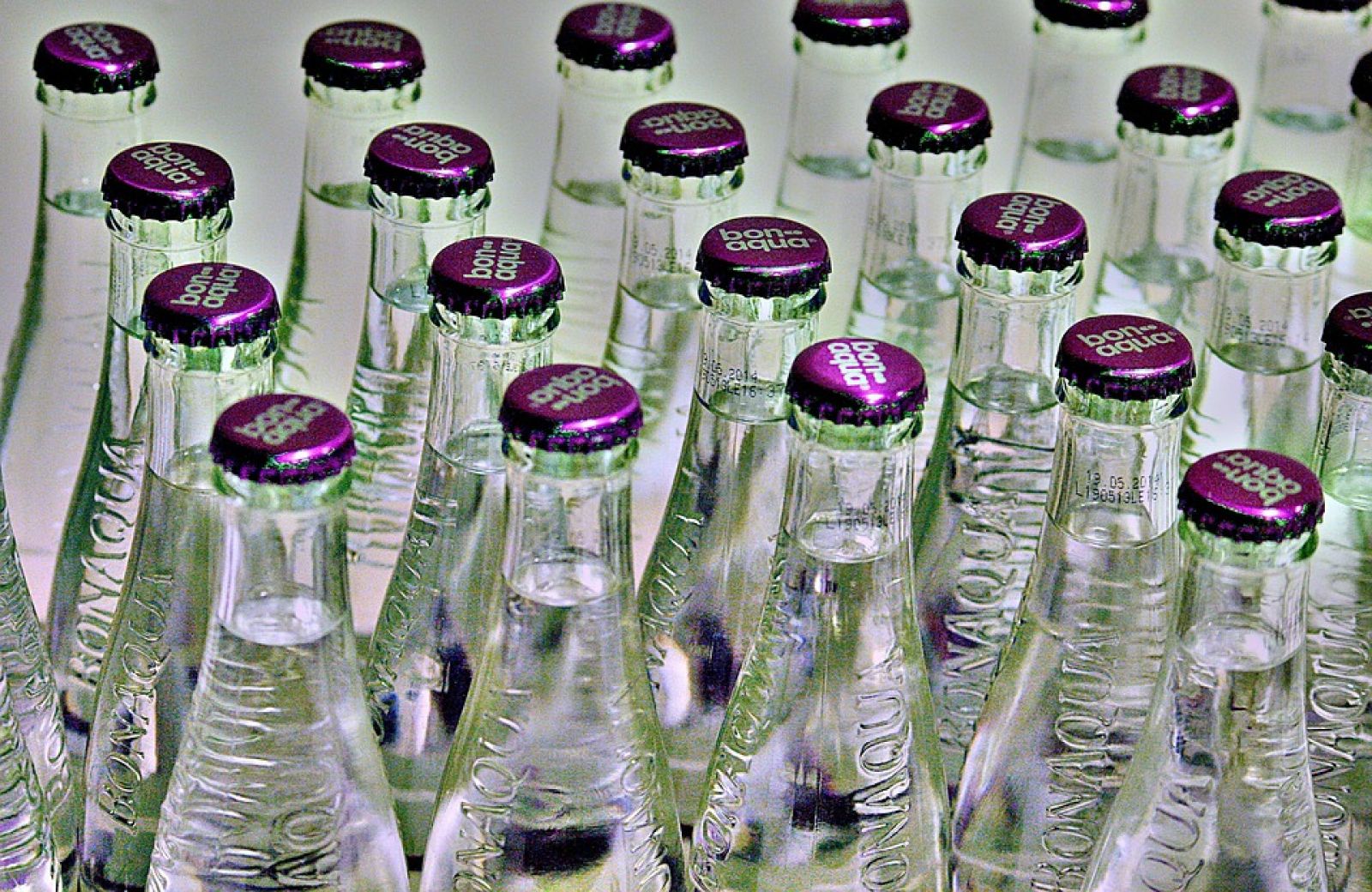🧐 Glass bottles more polluted by microplastics than plastic ones?
Published by Adrien,
Source: Journal of Food Composition and Analysis
Other Languages: FR, DE, ES, PT
Source: Journal of Food Composition and Analysis
Other Languages: FR, DE, ES, PT
Follow us on Google News (click on ☆)
The origin of these particles was traced back to the paint on metal caps. Friction between the caps during storage releases fragments invisible to the naked eye. These microplastics then end up in the drink, contaminating the contents.

Illustration image Pixabay
Cleaning methods for caps were tested to reduce this contamination. A specific protocol managed to decrease microplastic presence by 60%. This simple solution could be adopted by manufacturers to improve product quality.
Water, whether still or sparkling, showed the lowest levels of microplastics, regardless of its packaging. Wine, however, strangely escapes this contamination, even when bottled in glass. The reasons for this exception remain to be clarified.
Sodas and beers are the most affected by this phenomenon, with high contamination rates. Although no clear health risks have been identified, the presence of these particles raises questions about their long-term impact.
What is a microplastic?
Microplastics are tiny plastic fragments, typically less than 0.2 inches (5 mm) in length. They come from the breakdown of larger plastic products or are intentionally manufactured for certain uses.
These particles are omnipresent in the environment, from oceans to the air we breathe. Their small size makes them particularly invasive, allowing easy dispersion and accumulation in various ecosystems.
Microplastics can absorb chemical pollutants, increasing their toxic potential. Their impact on human and animal health is the subject of much research but remains poorly understood.
Reducing plastic production and use is essential to limit microplastic spread. Sustainable alternatives and effective filtration methods are being developed to counter this growing environmental problem.
How do microplastics contaminate our food?
Microplastics can contaminate food at multiple stages of the production chain. Packaging, manufacturing processes, and even growing or breeding environments play a role in this contamination.
Plastic particles can migrate from packaging into food, especially under heat or friction. The metal caps on glass bottles, for example, release microplastics that mix with the liquid.
Soils and waters contaminated with microplastics also affect crops and farm animals. These particles accumulate in living organisms, thus entering the food chain.
Stricter regulations on food contact materials and cleaner production methods could reduce this contamination. Consumer and industry awareness is also crucial to limit exposure to microplastics.